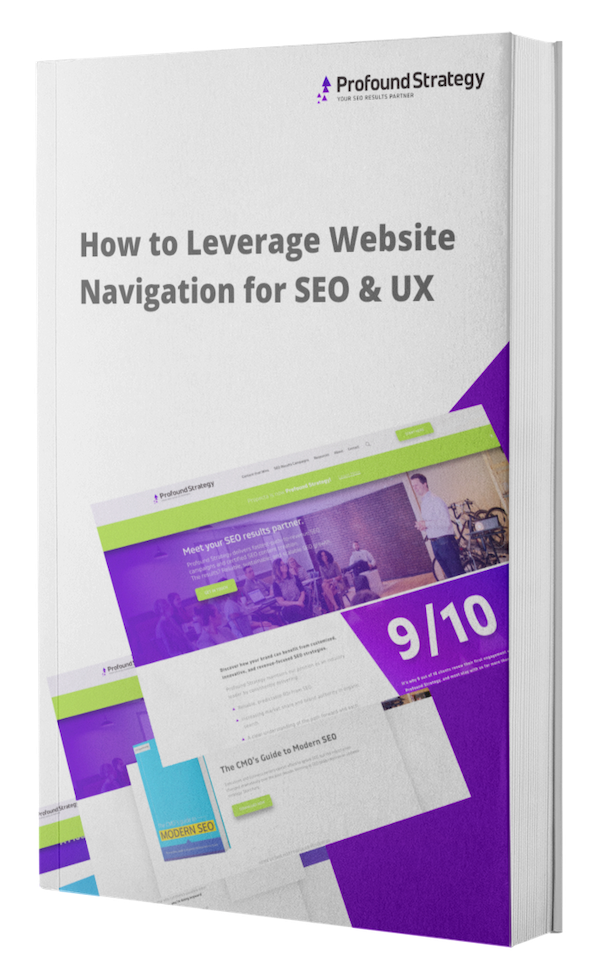How to Leverage Website Navigation for SEO and User Experience [PDF]

Website navigation is frequently considered a design task and a user experience factor. SEO isn’t often considered, but a site’s navigation design can have huge SEO implications. A poorly structured site navigation can inspire some linking schemes that may damage the site’s SEO profile, whereas a well-structured navigation can simplify user experience and web dev concerns.
Structuring vs Sculpting
Pagerank sculpting is the practice of manipulating internal links in an attempt to give certain pages more authority with search crawlers. Google considers this manipulative and has discouraged it for a long time. If a site is suspected of pagerank sculpting, it may earn a Google penalty.
The solution to giving due priority to important pages on a site is actually much easier anyway: it’s a simple, strategic site navigation structure. An organized hierarchy of pages on a site communicates the weight of each page to search engines, and is easier for users to navigate.
How to Design Website Navigation that Helps SEO
Organizing site content in order to create a strategic, simple navigation structure—and a well-designed site menu—isn’t difficult, but it helps to have some experienced insights throughout the process. How to Leverage Website Navigation for SEO will:
- Demystify the necessity of an SEO strategy to site structure.
- Outline five steps to organizing site content and communicating that hierarchy to search engines as well as users.
- Discuss whether your site will benefit from a large or a simple menu design.
- Demonstrate how to create internal links to important content that doesn’t belong on the main menu.
You will also get a simple checklist and a short collection of industry resources for more information on bringing SEO to your website navigation design.
Fill out the short form on the right to get your copy, and start organizing your site content today.